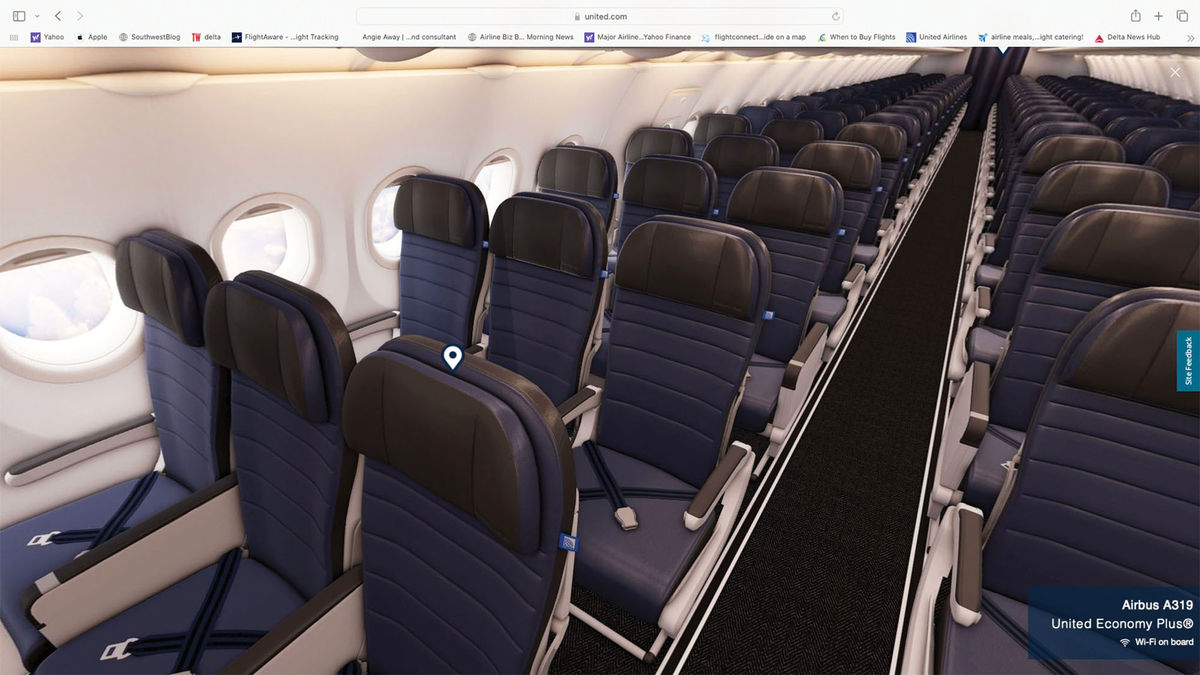WASHINGTON — Travel technologists often decry the antiquated feel of flight shopping relative to other e-commerce experiences, especially from a visual standpoint.
Take, for example, this commentary referencing Home Depot from a 2023 Phocuswright report.
“Customers searching for something as simple as a nail — worth less than $1 — get a full 360-degree view of the product, complete specifications, ratings, reviews and more,” the report reads. “Can the same be said for a flight ticket worth 100, 200 or even a thousand times that amount?”
Now, says ATPCO, flight shoppers can expect to see rapid growth in those photos and videos.
Over the course of this year, the airline-owned fare-filing repository and technology provider had seen a three-fold increase, to 6 billion per week, in the number of flight queries that are hitting the programming interface it uses to deploy product images and videos to sales channels. Among those images are photos of aircraft seats, in-flight entertainment screens and meals.
In addition, ATPCO says, 48% of global flight schedules now have some sort of associated image or video that can be utilized as a sales tool within the booking channel.
“Consumers are starting to expect this type of information,” ATPCO chief Alex Zoghlin said this month during the Elevate + TravelConnect conference here, jointly hosted by ARC and ATPCO. “They see rich photos or videos when they go to Amazon, but for flights they’re going to spend five or 10 times that and they are going to see an all-text block of rules. It’s jarring from a consumer perspective.”
ATPCO dominates the market of visual flight-shopping displays through its RouteHappy merchandising solution. But the company’s bullish data shouldn’t be conflated with the deployment of photo and video shopping aids.
ATPCO said it doesn’t know what percentage of flight searches actually yield such images. However, 42 airlines, including Southwest, United, American and Delta, have integration deals with RouteHappy for photo and video content. And ATPCO says the displays are live in more than 30 third-party airline sales channels, including the three major GDSs; OTAs such as Trip.com and Expedia; corporate booking tools, including Concur; and the metasearch site Kayak.
Still, deployment is inconsistent. For example, in mid-April, Expedia’s photo and video displays were only visible via iPhone operating systems within the U.S. market, while Kayak’s photos were on pause on the site’s U.S. leisure market for a redesign, ATPCO said.
Among the airlines making substantial use of photos in its merchandising is United, which offers 3D views of aircraft interiors during the seat-selection portion of its United.com booking process.
A photo of a United Airbus A319 interior that flight shoppers see during seat selection. Photo Credit: Robert Silk
But do the images work?
For proprietary reasons, Zoghlin said, he is not at liberty to reveal specifics about the impact photo and video assets have had on conversions for airlines and third-party sales channels.
“The best way to say it is we charge them for this service, and they are happy to pay for it because it is working well for them,” he said.
For skeptical consumers, the idea of displaying an ordinary airline seat or an in-flight entertainment screen as a merchandising technique might seem, well, less than sexy.
A Phocuswright survey last fall, however, found that travelers of all age groups prefer such displays, with the strongest interest coming from younger demographics. Among flyers ages 18 to 34, 47% of respondents agreed that they’d be more likely to book a flight that has a visual depiction of the product than one that doesn’t. Only 18% disagreed.
Photos and videos can be especially useful as a tool to encourage flyers to buy-up to a premium seat and fare product, airline merchandisers say.









